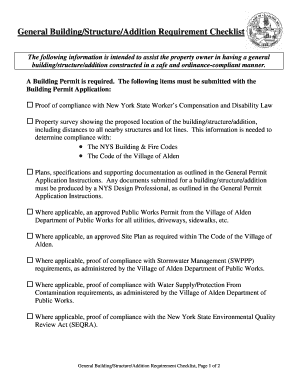

What does the flag mean, exactly? The screener uses several measures from the foundational skills domain to identify students whose results may indicate possible characteristics of dyslexia or other reading difficulties. The dyslexia screener reporting features a predictive flag to help educators quickly and clearly see students whose results suggest that follow-up is appropriate. The screener applies a predictive model to flag student results And in contrast to other dyslexia screeners, which require 1:1 administration, educators will now have an option that can be used with an entire class at once. Our new screener brings the best of MAP Reading Fluency to dyslexia screeningīuilt on the foundation of MAP Reading Fluency, the new dyslexia screener leverages the same innovative technology to keep saving teachers time with group administration, automatic scoring, and objective results in easy-to-read reports.įollowing the screener’s release in fall 2021, teachers will be able to use MAP Reading Fluency just as they always have: as a pre-K–5 early reading benchmark assessment and progress monitoring tool. Here are the five most important things you need to know about the new MAP Reading Fluency Dyslexia Screener. Together the robust data and extra time help teachers confidently plan instruction and support each student in their learning-to-read journey.īeginning in fall 2021, educators will be able to do one more very important thing with MAP Reading Fluency: screen K–3 students for characteristics of dyslexia or other reading difficulties. The automatic scoring and group administration (remote or in person) have saved teachers a ton of time, too. By assessing the critical components of early reading-oral reading fluency, literal comprehension, and foundational skills-it provides a more complete picture of a student’s reading ability in 20 minutes or less.


Since 2018, MAP® Reading Fluency™ has made it easier for teachers to understand their students’ reading skills so they can spend more time teaching and less time testing.


 0 kommentar(er)
0 kommentar(er)
